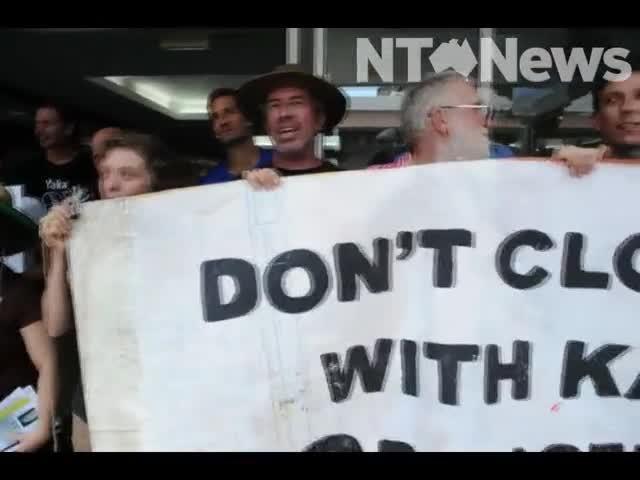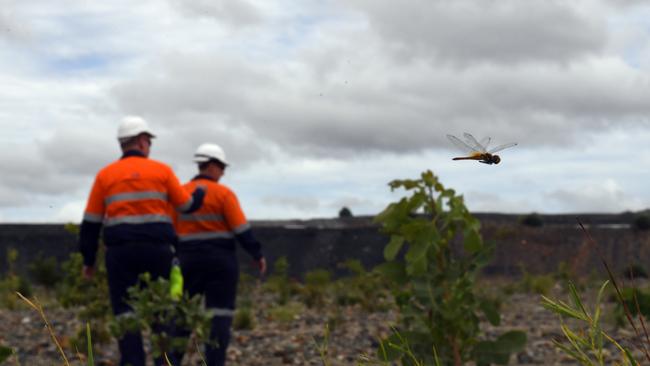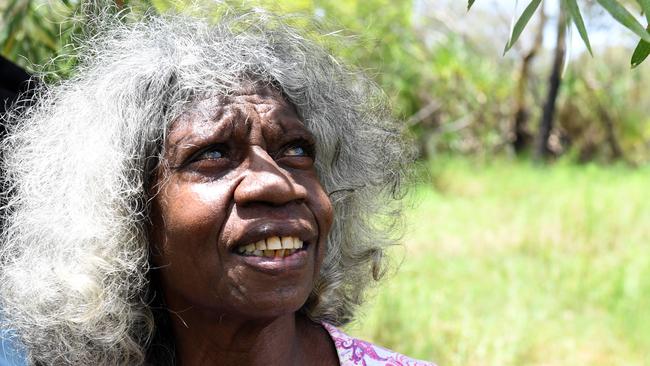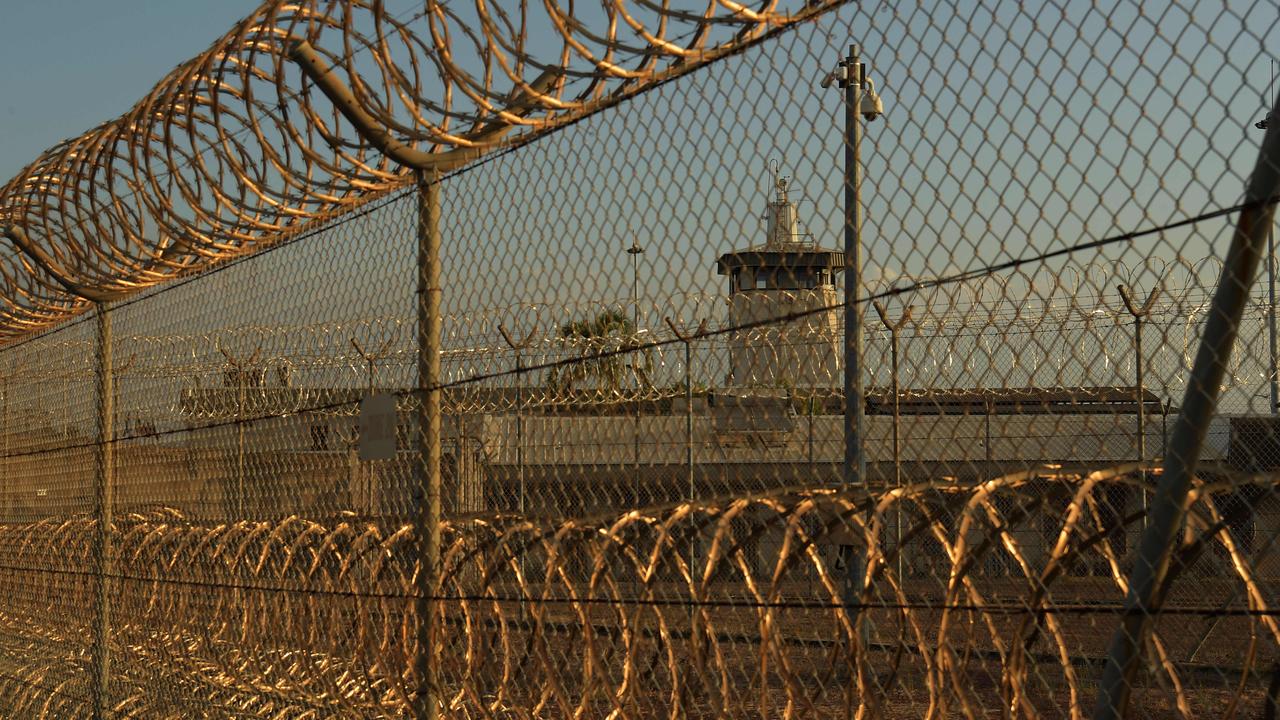Atomic Mine Rehabilitation and Closure bill to extend ERA’s rehabilitation lease
A uranium mine rehab program will see radioactive waste reintegrated into Kakadu National Park. Read how it can happen here.

Indigenous Affairs
Don't miss out on the headlines from Indigenous Affairs. Followed categories will be added to My News.
Groundbreaking mining laws will force those rehabilitating Ranger Mine to ensure the land can be safely reintegrated into Kakadu National Park.
The Atomic Energy Amendment (Mine Rehabilitation and Closure) Bill 2022 was introduced into the House of Representatives on Thursday to extend Energy Resource Australia’s authority.
Under current legislation, the mining giant’s land lease would expire in 2026, despite the impacts of the uranium mine on the immediate environment still being unknown.
In March, the ERA re-scoped its ambitious closure plans that include reincorporating the site into the pristine Kakadu, and announced they would be $1.2bn short of the expected cost.
Resources and Northern Australia Minister Madeleine King said the legislation ensured the Ranger Mine would be restored to a condition similar to the surrounding Kakadu National Park.
“For such an environmentally, culturally and historically important region, only the highest standard of rehabilitation will do,” she said.

“The Bill will also enable progressive closing out of the site so areas which have been rehabilitated can transition back to underlying Aboriginal land tenure. This will allow Ranger’s Mirarr Traditional Owners to get on Country as soon as it is safe to do so.”
The Ranger Mine was established on the back of deals that left Mirarr having to endure 40 years of operations inside the parameters of Kakadu National Park.
The mine sits at the base of a songline escarpment, DjidbiDjidbi.
It is critical to Mirarr Dreaming and has impeded hunting, gathering and ceremony.
While Mirarr people have always been granted access to the sacred site, due to the potential of contamination they have not been able to hunt or fish within the project area for decades.
Indigenous Australians Minister Linda Burney said the Bill had the support of the Northern Land Council and Gundjeihmi Aboriginal Corporation, which represented the Mirarr Traditional Owners.
“Once this Bill is passed, I will be able to start negotiations on a new land access agreement with the Mirarr Traditional Owners,” Ms Burney said.
“While a full handover is still some years away, this legislation will give both ERA and the Mirarr Traditional Owners a line of sight for the land’s eventual rehabilitation and return.

“Ranger’s rehabilitation is a priority for all parties and we all look forward to seeing Ranger being a world-class example of mine rehabilitation.”
Once the new law is in place, several other measures will then follow so that rehabilitation work can extend beyond 2026, including the establishment of Rehabilitation Authority, and negotiation of a land access agreement.
Environment Centre NT chief executive Dr Kristy Howey said these amendments were welcomed and well overdue.
“There has long been uncertainty regarding what would happen after ERA’s previous authority expired in 2026, when we know that rehabilitation will take much longer than that,” she said.
“These amendments mean that the rehabilitation of this controversial mine won’t fall into a legal black hole post 2026 and that ERA can deliver on its obligations to clean up the site and eventually return it to Kakadu National Park.”
In February this year, ERA said it would need to invest a further $1.2bn to rehabilitate the decommissioned Ranger Mine causing the company’s share prices to drop 6.25 per cent in the following week.
ERA said as of December 31, 2021 the company had $699m in cash funding and $535m held by the Commonwealth Government as part of the Ranger Rehabilitation Trust Fund.
A further $125m is held in bank guarantees by the Commonwealth government.
It is still unclear as to how Energy Resources Australia will pay for the rehabilitation of the second largest uranium mine in the world, or if it will need to be publicly funded.
A revised Federal budget is expected to be released in October.




